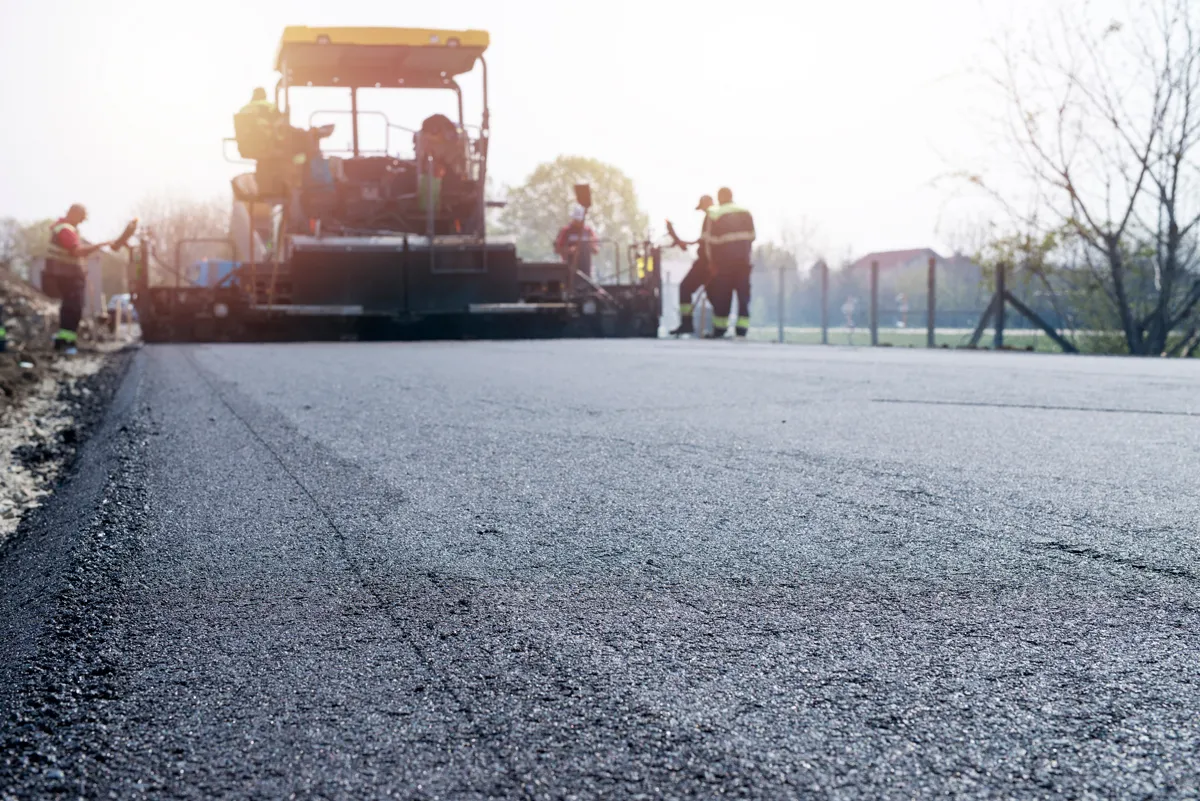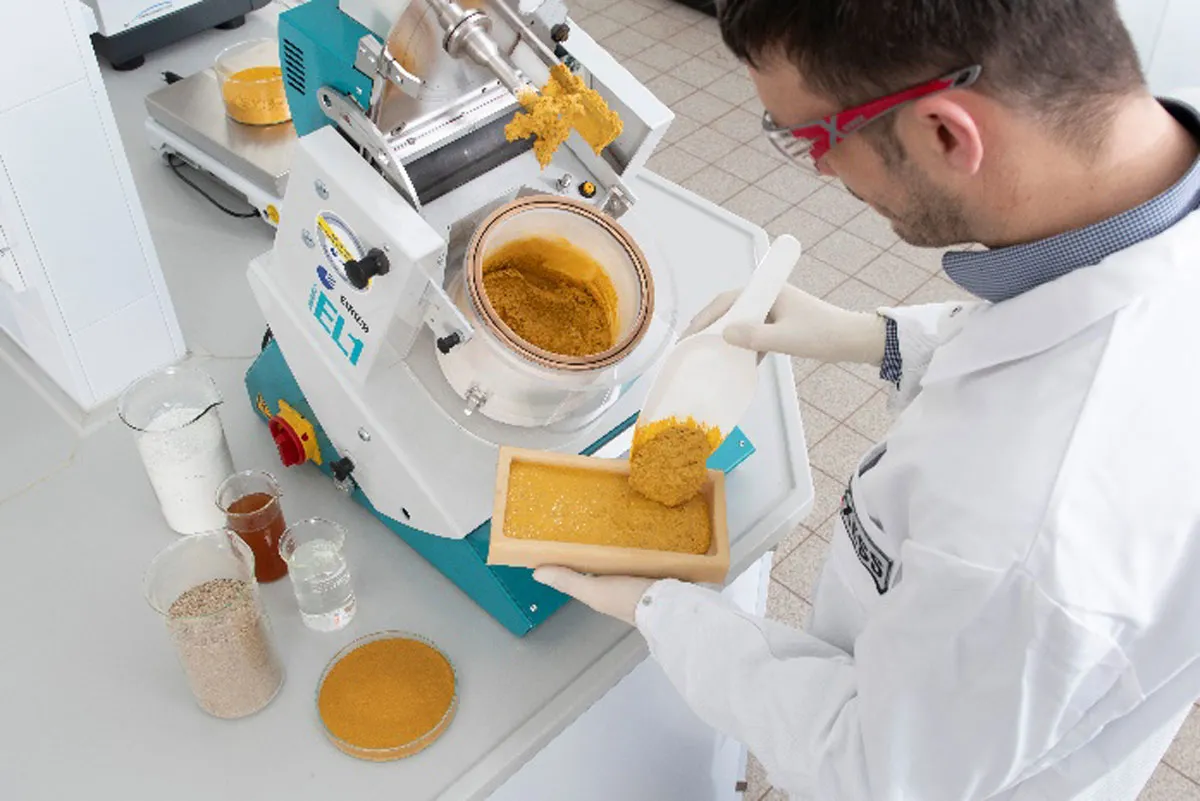Every year, as the monsoon retreats, India’s highways hum with activity. Asphalt plants roar back to life, contractors rush to meet deadlines, and the clock starts ticking on another paving season. Yet the same questions persist: why do many Indian roads demand overlays within seven years when global peers last twice as long? And what will it take to make roads endure India’s climate, traffic, and pace of growth?
“In developed countries, highways are designed for 25 to 30 years; in India, it’s 15 to 20,” observes Muthu Annamalai, Vice-President – Projects, Vertis Infrastructure Trust. “We overlay roads in six to seven years, whereas abroad it happens after 12 to 15. Overloading, poor material choice and weak execution are the main culprits.”
Annamalai is clear: match binder grade with pavement temperature, ensure proper aggregate angularity and stripping value, and monitor quality on-site. “In one of our projects, strict quality control helped us resurface only 20 per cent of the area in 15 years,” he says. “Water is the first enemy of bituminous pavements. When we coated aggregates with waste plastic before bitumen, it created a barrier that stopped moisture damage. Five years on, that national highway stretch remains pothole-free.”
The limits of the old playbook
India’s engineers routinely use Benkelman Beam Deflectometer (BBD) or Falling Weight Deflectometer (FWD) data to decide overlays. But rising pavement temperatures and new materials challenge these models. Biswabikash Rout, Senior Manager, L&T Construction, who has worked extensively with polymer-modified binders, calls for a performance-based approach. “We fix threshold values for rutting and fatigue at the mix design stage and monitor them monthly,’ he explains. ‘We also use Superpave-style parameters such as aggregate angularity to make mixes rut-resistant. And we run simple site performance tests to catch deviations early.”
Rout highlights another gap: verifying polymer dosage in PMB. “A spectrophotometer test exists, but unless it becomes mandatory, quality control will remain uneven,” he warns.
From design to distress
Dr Rajiv Kumar, Senior Scientist, Flexible Pavement Division, CSIR–Central Road Research Institute, believes many so-called “rutting failures” are actually mix design issues, not subgrade weakness. “We design pavements for two distress modes — fatigue at the bottom of the bituminous layer and rutting at the top of the subgrade,” he explains. “Today, pavements face 60 to 75°C temperatures, but our codes were developed for 20 to 45°C. Elastic assumptions no longer hold; we must move to multilayer models as used internationally.”
He added, “Overlay is not a solution for all problems. If the issue lies in the subgrade or granular layers, resurfacing the top is wasteful. For perpetual pavements, a surface renewal every 10 years should be based on actual need, not a fixed interval.”
The lubricant within
For decades, bitumen has been treated as a simple “binder”. But that perception, says
Dr Yonghong Ruan, Global Asphalt Technology Manager, Solstice Advanced Materials (formerly Honeywell), misses half the story. “Bitumen acts as both a lubricant and a binder,” he explains. “During production and compaction, lubrication is vital — it lets aggregates flow and orient properly at lower temperatures. Once the mix cools and the road opens to traffic, the binding role takes over.” This understanding has reshaped how engineers view polymer-modified bitumen. “A polymer that enhances lubricity reduces friction among aggregates during compaction,” says Dr Ruan. “That means lower mixing temperatures, better density, and a stronger stone-on-stone skeleton. In our lab tests, the more stone-to-stone contact zones we counted, the less rutting we observed — almost a straight-line correlation.”

Giving it an India’s context, Himanshu Pathak, Lead Product Manager, Solstice Advanced Materials, said: “We are heading towards building world-class, sustainable roads. But to get there, we must re-engineer almost everything — from practices and materials to skills. India’s temperature range is unparalleled. Rajasthan can touch 50°C in summer and fall below zero in winter, whereas northeast India gets heavy rainfall and there are snow falls in northern states. One recipe cannot fit all. We must experiment, test and adapt materials for specific corridors instead of copying what worked elsewhere.”
Swapnil Kanaujia, R&D Engineer, Solstice Advanced Materials, says, “In Las Vegas, where we worked on a Formula One track, we achieved higher PMB grades without excessive viscosity. In India’s high-altitude stretches — around 17,000 feet, with temperatures from –25°C to 35°C — the same approach helped prevent low-temperature cracking and allowed paving with cooler mixes. In Texas, we recorded significant drops in operational temperature and lower SOx and NOx emissions, as calculated using the NAPA gas calculator.”
These case studies show how “lubricity-led” design can reconcile performance and sustainability. Lower temperatures mean lower emissions, fewer roller passes, safer sites and more consistent compaction — all vital for scaling up India’s road-building ambitions.
Reinventing sustainability
India’s green challenge is not about paint-on promises but smarter material reuse. “The USA uses about 120 million tonnes (MT) of reclaimed asphalt pavement (RAP) annually, saving 6 MT of bitumen,” notes Dr Kumar. “With India consuming 7-9 MT of bitumen a year, even 30 to 50 per cent RAP use could save two to 3 MT— along with 100 per cent of the corresponding aggregate fraction.”
He points to growing adoption of double-barrel plants capable of high RAP percentages and calls for rational overlays. “If the subgrade is sound, thin overlays and water-proofing are enough. If water enters the wet mix macadam (WMM), the structure fails — that’s where preventive maintenance pays the biggest dividend.”
Engineering and economics
For the private sector, longevity is as much a financial as a technical issue. “We are always worried about road quality,” says Vijay Agrawal, Managing Director, Equirus Capital. “We should adopt techniques that improve ride quality and reduce life-cycle cost — like continuous in-situ recycling trains that mill, mix and relay in one pass, or modular block repairs that quickly replace failed pockets.”
Yet, Annamalai cautions, incentives must align. “In many contracts, overloading penalties go to the authority while the concessionaire bears the maintenance cost,” he says. “That mismatch discourages investment in durability. Engineering must be matched by enforcement.”
Urban potholes, rural realities
If highways reflect engineering, cities mirror governance. Dr Kumar breaks down the pothole problem: “When water stagnates under traffic loads, damage accelerates. The solution is simple — proper drainage, anti-stripping agents, and time for workmanship. Many failures stem not from design but from rushed schedules and weak supervision.”
Rout adds: “A small tweak in binder content or aggregate source can make or break a mix. On-site performance testing makes teams aware of these details.”
Dr Kumar closes the loop with a policy reminder: “If you starve maintenance — say, Rs 1 lakh per km per year on rural roads — you will pay crores later. Stop water from entering the WMM. Overlay when required, not by the calendar.”
India’s next paving season could well be different — not because of one additive or binder, but because the ecosystem is learning to integrate design, chemistry, and accountability. As Pathak puts it, “Be open to trials. The challenges have evolved; so, must our solutions.” If India gets the mix right — of materials, methods and maintenance — the paving season may finally shift from a cycle of repair to a rhythm of endurance.




















